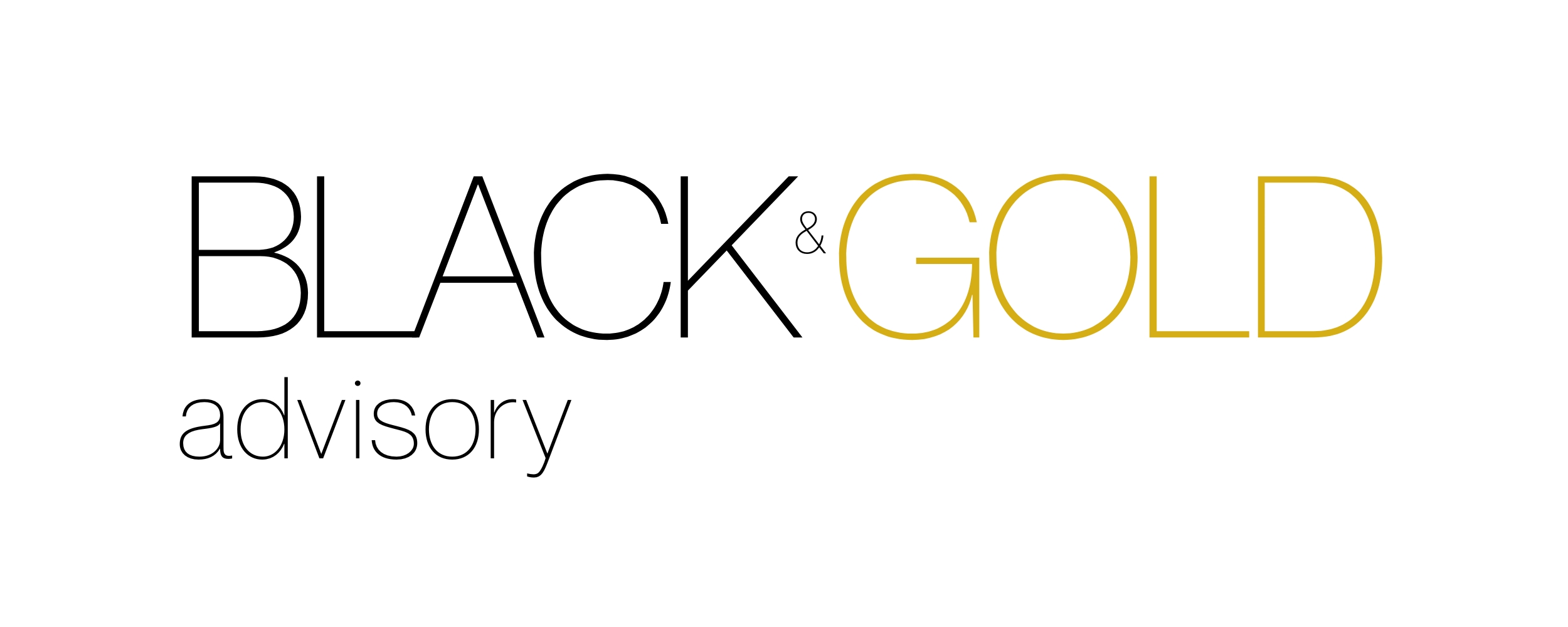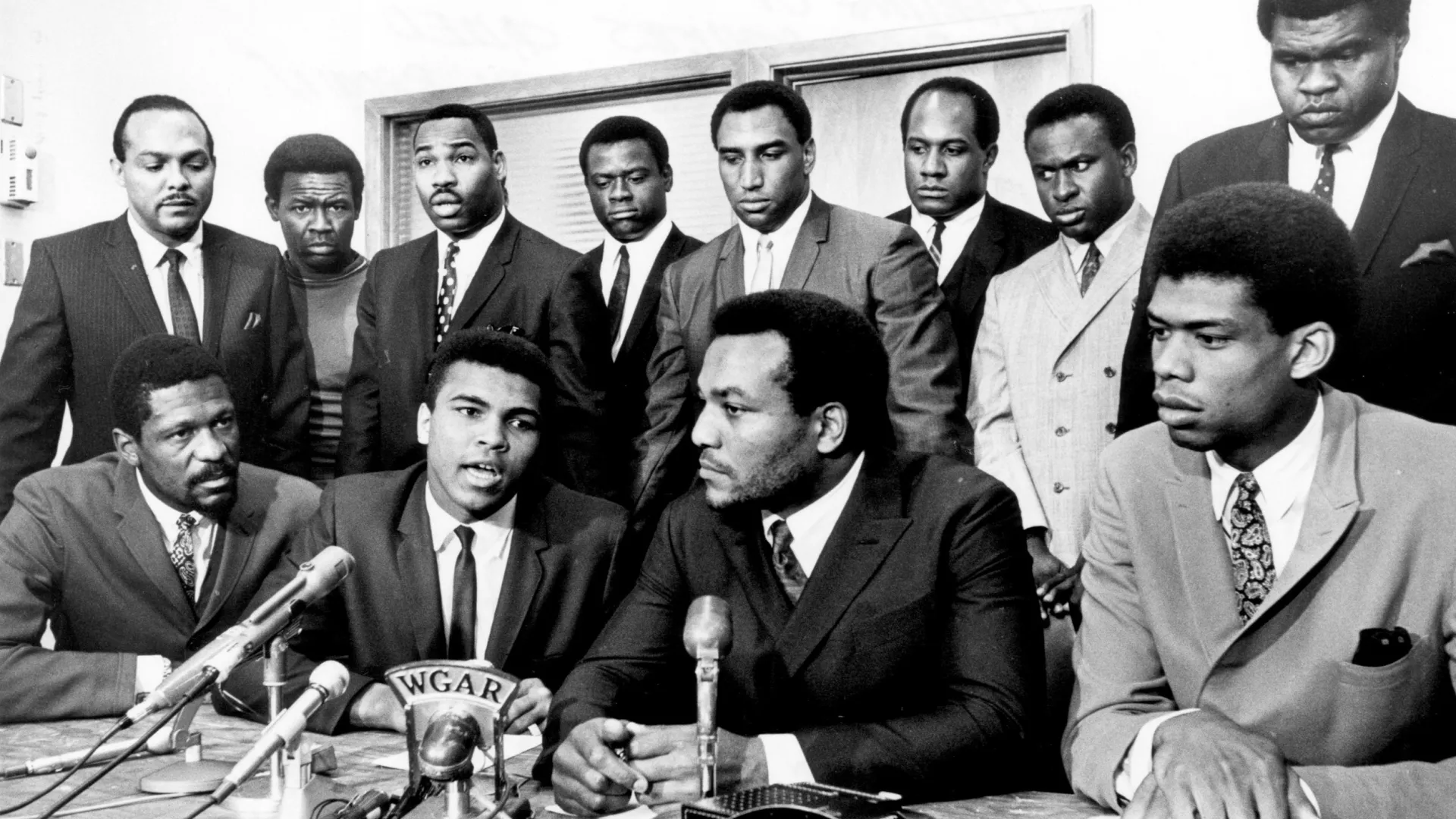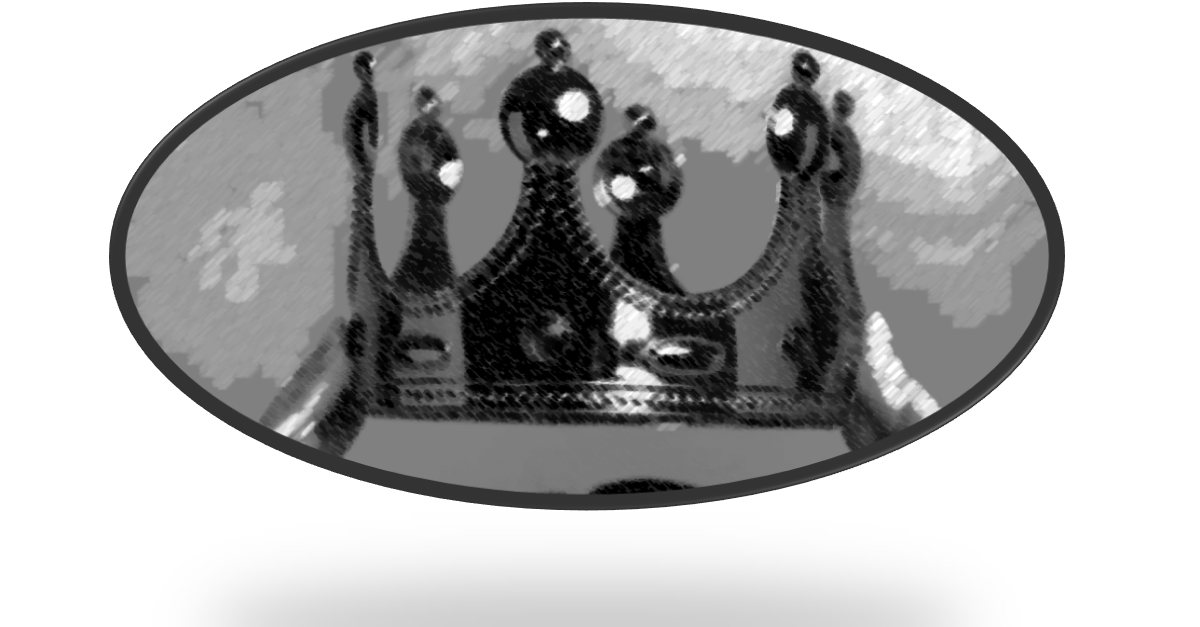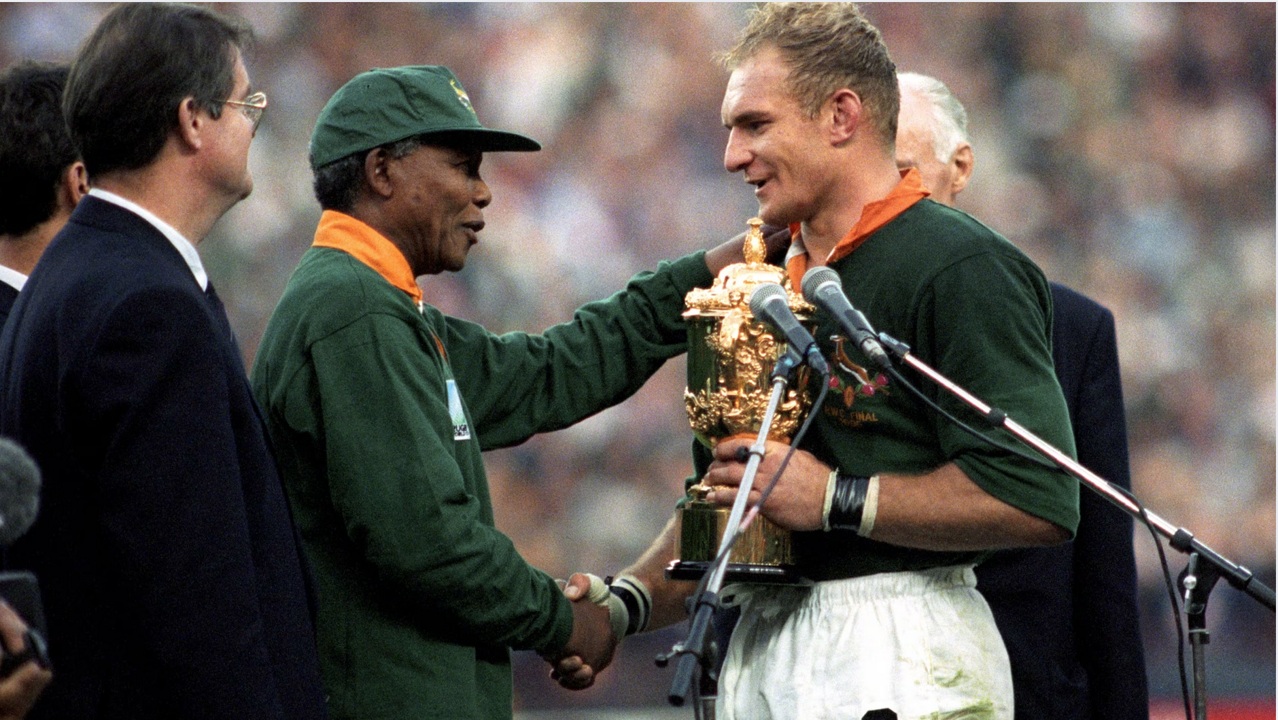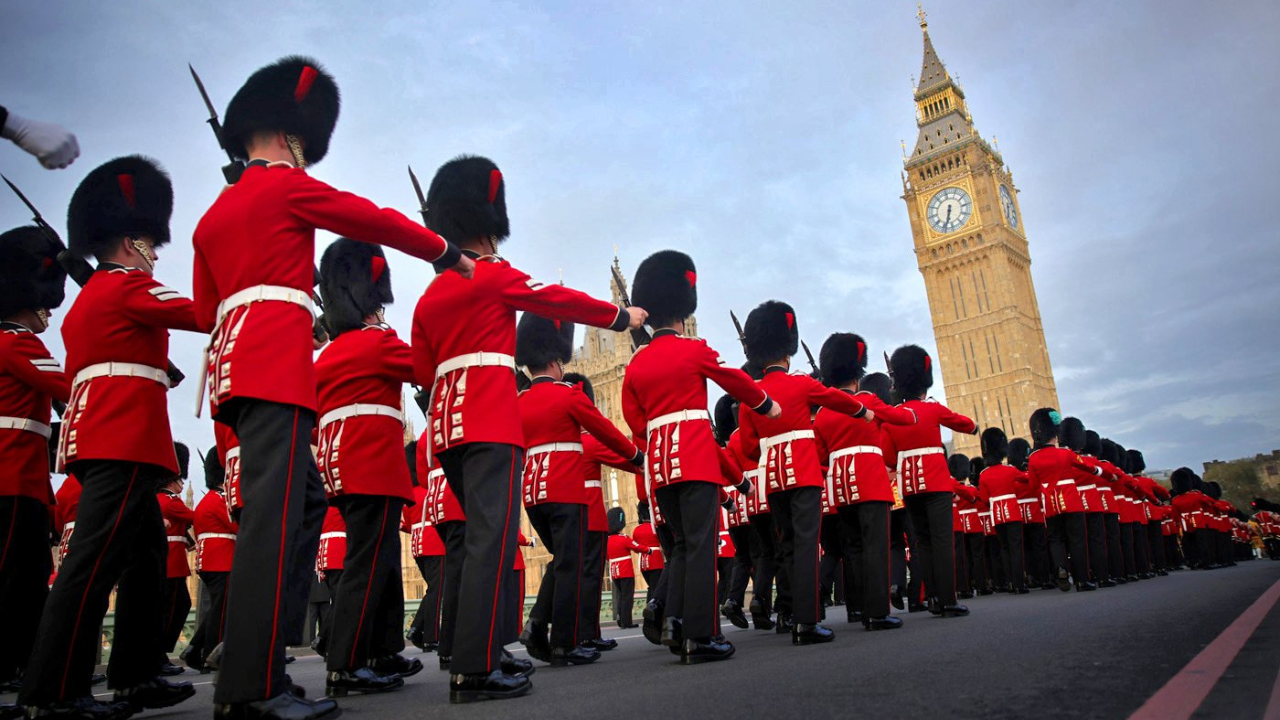
God Save The King
I didn’t watch the coronation. This was not a political choice – I’m neither Republican nor Royalist. As a general rule, I find pomp and pageantry terribly dull. I’m an unabashed sports addict who refuses to watch the Opening and Closing Ceremonies at the Olympics and the various World Cups. These things simply hold very little appeal for me.
Still, I wasn’t entirely disengaged from the event. This was, after all, the first coronation to take place in my lifetime. The day afterwards, I scanned some of the BBC News web coverage of the event including a page dedicated to memorable pictures of the day (here). Among the collection of beautiful pictures, this image of the King’s Guard struck me the hardest:
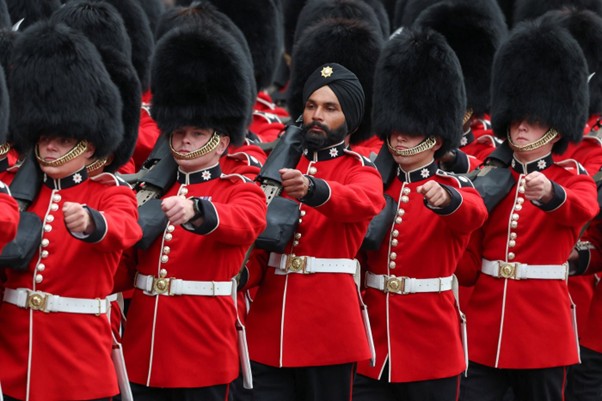
Why so?
This is the best visual representation of Inclusion that I have seen.
Over the last three years, I have spent a great deal of my working hours talking about Inclusion with clients and colleagues. As you are probably aware, the live broadcast of the murder of George Floyd in the USA acted as a socio-political enzyme around the world spurring all manner of institutions to ask themselves if they had done / were doing enough to facilitate true diversity amongst their employees. Any organisation that embarked on such a journey of self-discovery recognised, fairly quickly, that achieving demographic diversity is not enough in itself. To reap the benefits of the diversity of backgrounds, perspectives, life experiences, insights and skills of its workforce, an organisation must strive to ensure that all its employees feel a sense of belonging to the whole – no matter what demographic category (or intersection of categories) they come from.
Diversity is a simple and straightforward concept for most people to understand, and one that is easy to demonstrate in practice. The concept of Inclusion, while possessing a widely accepted technical definition, is less straightforward to understand or demonstrate. Inclusion is concerned with the feelings of employees and is, thus, very subjective and nonuniform by nature. I like to think of Inclusion as a sense of “feeling wanted” by those around me; a feeling that the organisation respects my feelings and values my opinions. That despite my obvious differences to those of the majority demographic, I am a valued member of the organisation. Importantly, that I am valued as myself and not as a clone or echo of those around me.
This is why I find the image above so powerful. The Coldstream Guards, formed in 1650, is one of the oldest regiments in the British Army and one that is heavily steeped in tradition. It is also a regiment that, understandably, takes great pride in the appearance of every single infantryman. Facilitating alterations to the traditional uniform – sporting a turban instead of a bearskin as well as a full beard and moustache – sends that particular infantryman the message “we want you”.
I am a poor military historian so am unable to confirm whether this is a recent or long-standing change to the dress uniform of the Coldstream Guards. I have no idea whether this was a quick, easy decision for its leadership or whether it was a long, agonising and drawn-out series of discussions and consultations. Frankly, these considerations are beside the point.
The point is that in altering its very iconic dress uniform, one of the UK’s (supposedly) most old-fashioned institutions, took inclusive action. It chose not to hide behind the “This is the way we do things” excuse that continues to hold organisations back from embracing and promoting Difference.
If you and the rest of your leadership are grappling with the concept of inclusion, perhaps sharing this image with the others might spark useful discourse and help you identify any parallels that might exist at your organisation. What processes, policies or practices can you amend to let those from outside the majority know that “you want them”?
- The BBC post did not credit the photographers on individual images but lists all the contributors at the bottom of the page here.
